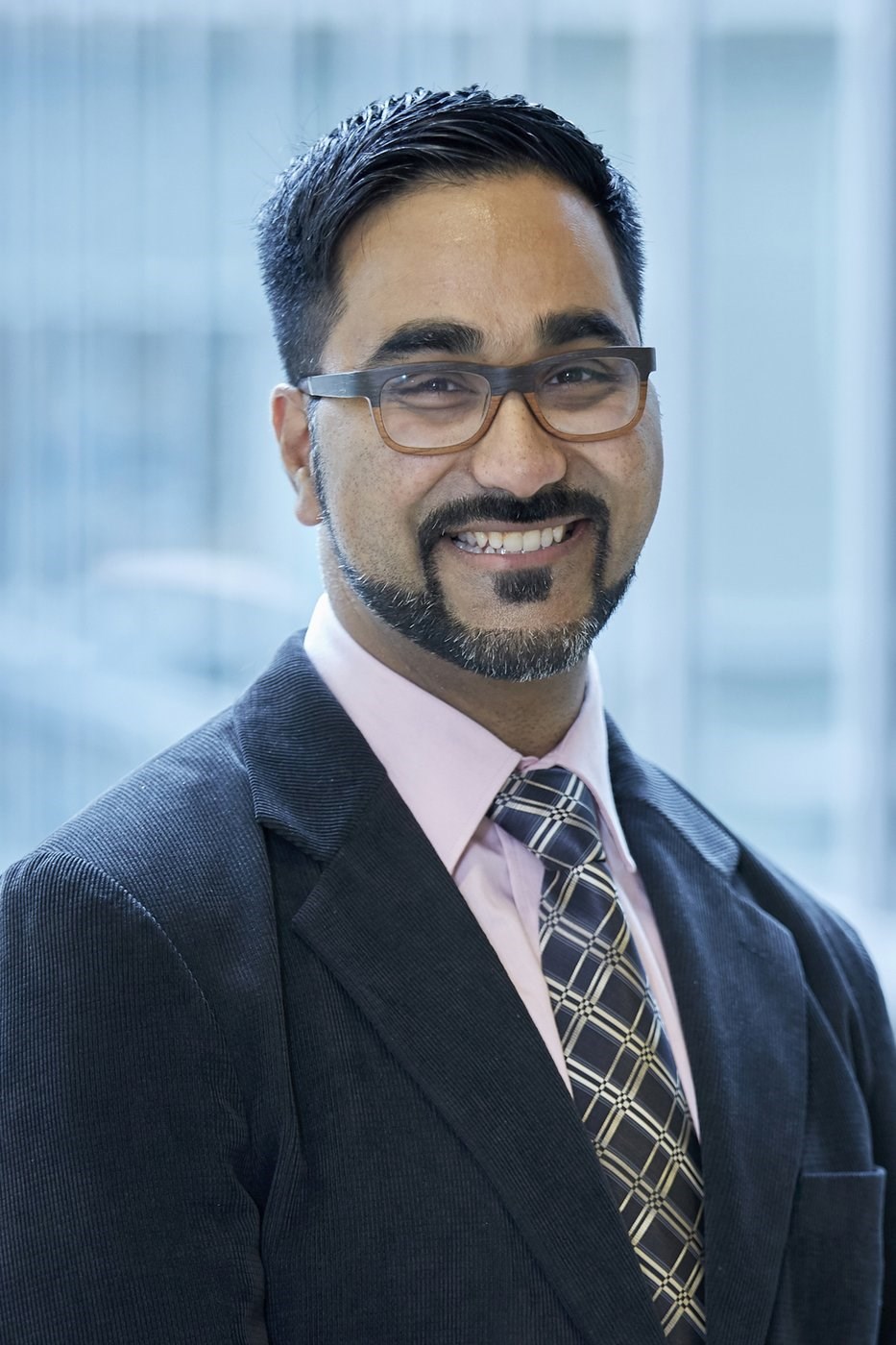TORONTO — There are now 2.5 million people in Ontario who don't have a family doctor, the Ontario College of Family Physicians said on Thursday.
That's an increase of more than 160,000 people since the last count was released six months ago, said Dr. Jobin Varughese, the incoming president of the college.
"It's really concerning," the Brampton, Ont., family physician said in an interview.
"It means that people are more likely to turn towards walk-in clinics, urgent care (and) emergency departments where they will see a new person every time and lead to fragmented care," he said, adding that those patients are more likely to miss preventive cancer screenings.
The figures come from the latest data collected in September 2023 by research firm Inspire Primary Health Care, the college said.
The data is updated every six months and counts people as not having a family doctor if they are "uncertainly attached" — meaning they aren't rostered with a specific doctor or community health centre that provides their care continuously. That includes people who get care from walk-in clinics and emergency departments, as well as people who don't use primary care at all.
Having a dedicated family doctor rather than relying on walk-in clinics is especially important when people have complex chronic issues, Varughese said.
He sees the family physician shortage first hand, he said, as his full practice gets many calls from patients hoping to join. He also has to turn down requests from his own patients seeking care for their loved ones.
“Some of my newer colleagues who recently started practice, they closed taking on new patients by six months because they're full," Varughese said.
"What we've (also) seen a ton of is family docs who are getting closer and closer to retirement and really worry that nobody's going to be able to take on their practice.”
The physician college's CEO, Deepy Sur, acknowledged that the provincial government has invested in primary care teams and committed to reducing "unnecessary paperwork" to help ease the workload of family doctors, but said that needs to be expedited.
“Ontario can implement changes with urgency so the impacts can be felt by family doctors and patients right away,” Sur said in a news release.
Family physicians report spending up to 19 hours a week doing paperwork rather than seeing patients, the college said.
Hannah Jensen, spokesperson for Ontario Minister of Health Sylvia Jones, said the province is "leading the country with nearly 90 per cent of Ontarians having a primary-care provider" and investing in multidisciplinary care teams and ways to "tackle administrative burnout."
"At every step of the way our government has consulted with the (Ontario College of Family Physicians) and they have endorsed our government’s action to connect more people to the primary care they need," Jensen said in an email.
The college also released the results of a separate study that found 670,000 people in Ontario need to travel more than 50 km to see their family doctor.
That research was conducted by Upstream Lab at St. Michael's Hospital in Toronto.
“Our data shows that without a family doctor nearby, patients may need to rely on hospital emergency departments more frequently and do not get screened for cancer as often,” Dr. Archna Gupta, a family physician and researcher with Upstream Lab, said in the news release.
This report by The Canadian Press was first published July 11, 2024.
Canadian Press health coverage receives support through a partnership with the Canadian Medical Association. CP is solely responsible for this content.
Nicole Ireland, The Canadian Press



